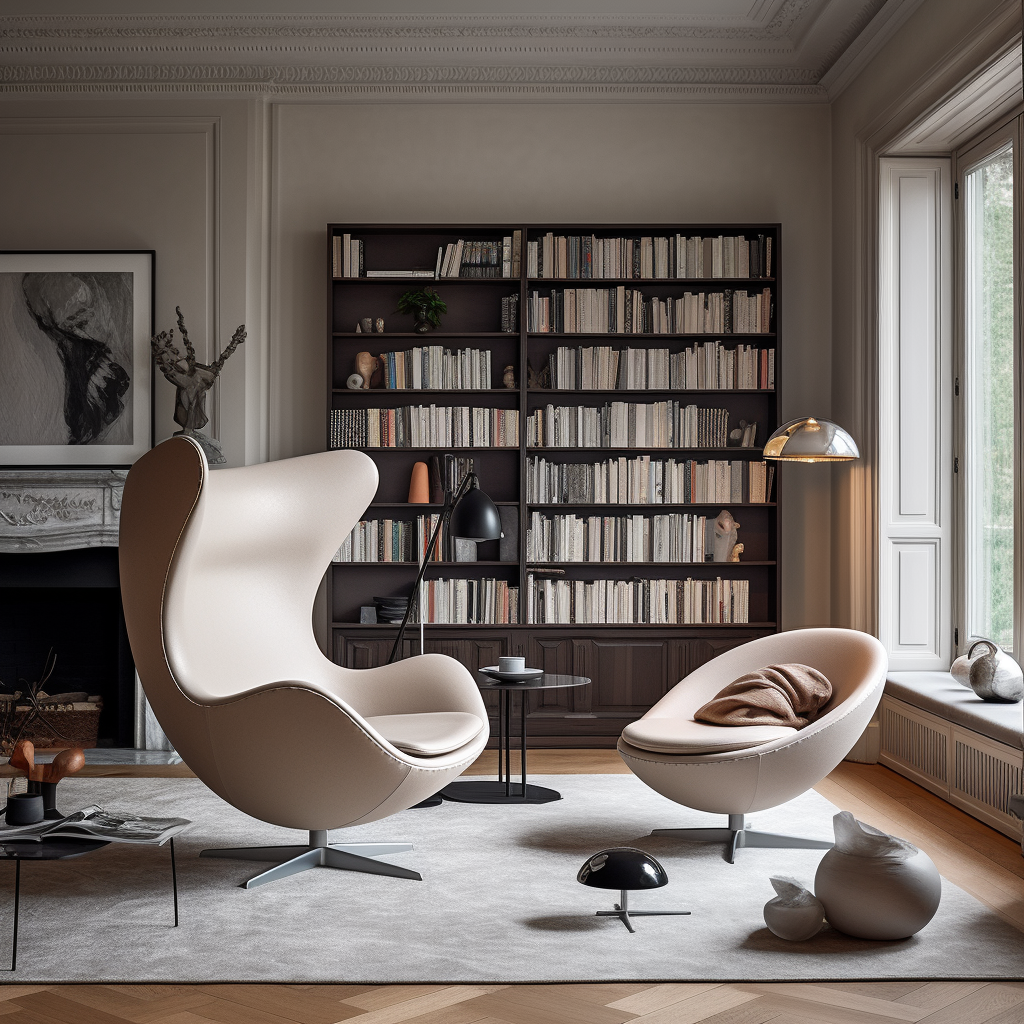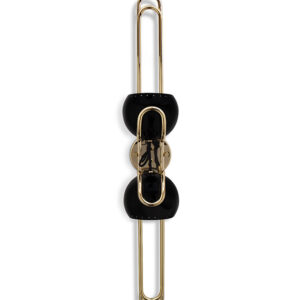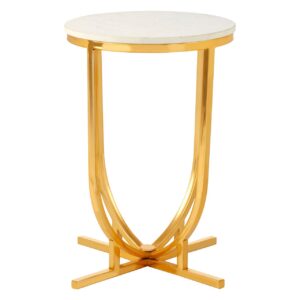Trends
A COMPREHENSIVE GUIDE TO CURVED FURNITURE IN MODERN DESIGN
Unveil Luxury, Unleash Comfort – Eclectic Niche.
Explore the dynamic landscape of interior design, where trends emerge and a select few become enduring symbols of innovation and style. Among these, a trend has surged to the forefront, captivating design enthusiasts – the alluring world of curved furniture. This guide invites you on an enthralling journey, unveiling the fascinating origins of curved furniture and immersing you in a diverse spectrum of pieces that redefine design philosophy. Brace yourself for an exploration of the perks and potential pitfalls of incorporating these curvaceous wonders into your living space.
As we navigate this captivating terrain, we’ll unravel the mystery of who should boldly venture into the realm of curved furniture. Discover the art of seamlessly blending these unconventional pieces with other design elements and explore why curved furniture has become a definitive hallmark in the tapestry of modern interior design. Welcome to a world where straight lines gracefully step aside, allowing curves to command the spotlight in a dance of innovation and style.

A Historical Perspective
Curved furniture isn’t just a contemporary trend; its roots can be traced back through the annals of design history. From the sinuous lines of Art Nouveau in the late 19th century to the playful curves of mid-century modernism, designers have long been fascinated by the organic and fluid forms that curved furniture can bring to a space. The avant-garde movements of the 20th century, such as the Bauhaus, further propelled the exploration of unconventional shapes, laying the groundwork for the curved furniture renaissance we are experiencing today.
Different Types of Curved Furniture
The beauty of curved furniture lies in its versatility. From sofas and chairs to tables, cabinets, and even lighting fixtures, the range of furniture that embraces curves is expansive. Iconic pieces like the Egg Chair by Arne Jacobsen have become emblematic of the fluid and sculptural nature of curved design. Exploring this diverse array of furniture allows homeowners to infuse a sense of dynamism and movement into their living spaces.

Who Should Consider Curved Furniture?
Curved furniture isn’t reserved for a specific demographic; rather, it caters to a mindset. Those who appreciate fluidity in design, a departure from the rigidity of straight lines, and a desire for a more inviting and organic aesthetic should consider embracing curved furniture. It transcends generational and stylistic boundaries, offering a fresh perspective to anyone willing to break away from conventional design norms.
Pros And Cons Of Curved Furniture
PROS
The advantages of incorporating curved furniture into your living space are numerous. Firstly, it introduces a sense of softness and fluidity, creating a more welcoming and comfortable environment. Curved furniture can also maximize space efficiency, allowing for better traffic flow in rooms. Its ability to serve as a focal point adds a layer of visual interest to a space, elevating the overall design. Additionally, curved furniture has an innate ability to evoke a sense of modernity and sophistication, making it an ideal choice for those seeking a contemporary touch in their homes.
CONS
While the advantages are compelling, it’s essential to consider the potential drawbacks of curved furniture. One of the primary challenges lies in fitting curved pieces into spaces with more traditional or angular elements. Limited arrangement possibilities can also pose a challenge, particularly in smaller rooms. Additionally, the cost of manufacturing and acquiring custom curved pieces can be higher than that of conventional furniture. Understanding these potential disadvantages is crucial for individuals considering a transition to curved design.

Mixing Curved Furniture With Other Furnitures
Mixing curved furniture with other design elements is an art that, when mastered, can create a harmonious and visually engaging living space. Incorporating straight-lined furniture alongside curved pieces can strike a balance, preventing the space from feeling too whimsical or overly structured. The key lies in achieving cohesion through color palettes, materials, and overall design schemes. By carefully curating a selection of furnishings, you can seamlessly blend curves with lines, creating a space that is both dynamic and refined.
Curves in Different Design Styles - A Versatile Aesthetic
Curved furniture transcends design styles, seamlessly integrating into various aesthetics. Whether you are drawn to the minimalist allure of Scandinavian design, the opulence of Art Deco, or the cozy charm of Bohemian interiors, curved pieces can find their place. The adaptability of curved furniture makes it a versatile choice for individuals looking to experiment with different design styles without compromising on a cohesive and well-curated look.
-

Boca do Lobo
Nº 11 Chair
£6,850 Select options This product has multiple variants. The options may be chosen on the product page -
Sale!

Twenty 10 Design
Pepper Lamp Table
£540Original price was: £540.£508Current price is: £508. Add to cart
Curved Furniture in Outdoor Spaces
The allure of curved furniture extends beyond indoor spaces. Gardens, patios, and outdoor lounges can benefit from the introduction of curvilinear design. Outdoor curved sofas, lounge chairs, and dining sets create a sense of relaxation and fluidity in alfresco environments. Weather-resistant materials and innovative designs ensure that curved furniture seamlessly integrates with the natural surroundings, bringing the aesthetics of the outdoors in.
As we look ahead, it’s evident that curved furniture is not merely a passing trend but a fundamental shift in design sensibilities. The emphasis on comfort, fluidity, and a departure from rigid norms aligns with evolving notions of living spaces. With advancements in technology and material innovation, we can expect to see even more daring and intricate curved designs that push the boundaries of what is possible in furniture creation. Curved furniture is not just a style; it’s a mindset, a testament to our evolving relationship with the spaces we inhabit.

Embracing curved furniture is more than a stylistic choice; it’s a journey into a world of dynamic design, where form and function dance in harmony. From its historical roots to its modern interpretations, curved furniture offers a canvas for personal expression and creativity. Understanding its advantages, potential drawbacks, and how to integrate it with other design elements empowers individuals to curate living spaces that resonate with warmth, sophistication, and a touch of the unexpected. As the design landscape continues to evolve, curved furniture stands as a testament to the timeless appeal of embracing the curve.





